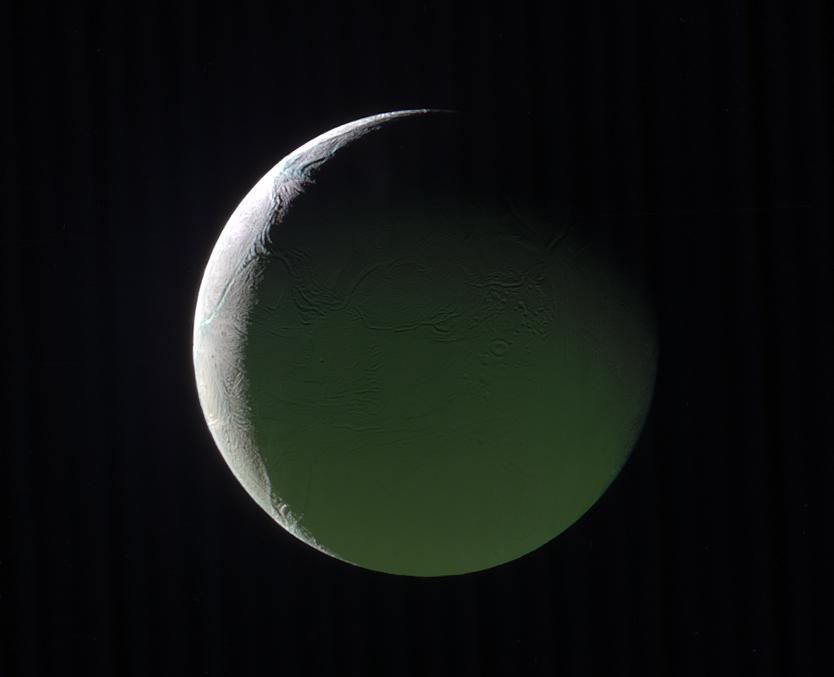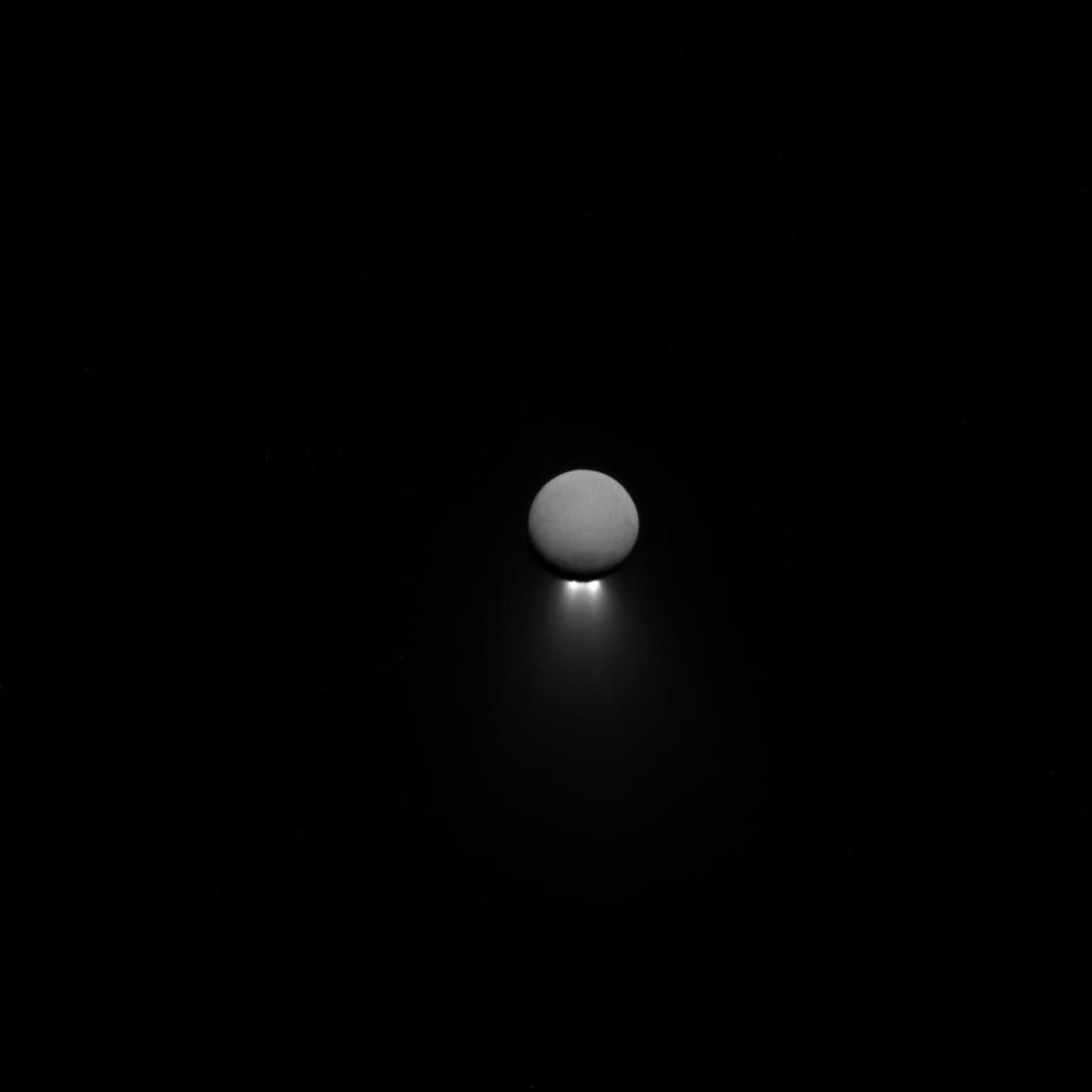
As scientists have learned more about our solar system, they've realized our best bet for finding life in the neighborhood is buried in ice-covered oceans. But those ice shells make them difficult to study, which is why NASA is investing in state-of-the-art technology to understand what's happening beneath the surface of these potentially habitable places, like Enceladus, one of Saturn's moons.
NASA is developing some of its most advanced technology to date in hopes of cracking this moon's secrets. That includes a newly announced machine called Submillimeter Enceladus Life Fundamentals Instrument, or SELFI. There's just one little problem: Right now, SELFI doesn't have any missions to Enceladus to hitch a ride on—NASA is evaluating two proposed orbital missions to the icy moon, but has yet to commit to anything.
That's probably fine, since SELFI is still in the works anyway. The machine represents a huge step forward in what are known as submillimeter wavelength devices. Submillimeter wavelength is a fancy term for the type of light the machine will be able to see, and it's a burgeoning target for astronomical observations, since relatively little work has been done in that range.
Different types of chemical compounds produce different fingerprints in submillimeter wavelength light, which SELFI will be able to use to identify 13 ingredients. "Molecules such as water and carbon monoxide, and others, are like little radio stations that broadcast on very specific frequencies that say, 'Hey, I'm water, I'm carbon monoxide,'" said Gordon Chin, the NASA scientist leading the project, in a press release. Other targeted chemicals include ammonia, ozone, sulfur dioxide, and table salt.

All 13 of those ingredients are of interest to planetary scientists, but they're particularly interested in water, so Chin and his colleagues are currently working to make SELFI extra-sensitive to that specific chemical fingerprint. They're hoping to have it all ready to add to NASA's first Enceladus mission, whenever that is approved.
Right now, the agency has only committed to sending an orbiter to Enceladus's leading competitor for life on an icy moon, Jupiter's Europa. That mission is scheduled to launch during the 2020s. Just like Enceladus, Europa likely hides a water ocean underneath a frozen crust, although Europa doesn't sport Enceladus's geysers that helpfully bring the ocean closer to orbiting spacecraft. It's highly unlikely NASA will approve a mission to land on either moon, since that would risk contaminating a habitable world with Earth cooties.
Uncommon Knowledge
Newsweek is committed to challenging conventional wisdom and finding connections in the search for common ground.
Newsweek is committed to challenging conventional wisdom and finding connections in the search for common ground.
About the writer
Meghan Bartels is a science journalist based in New York City who covers the science happening on the surface of ... Read more
To read how Newsweek uses AI as a newsroom tool, Click here.








